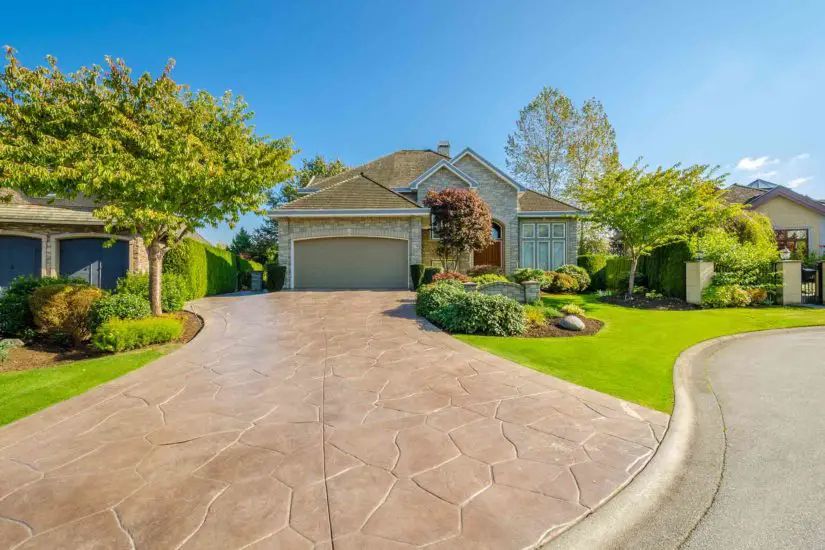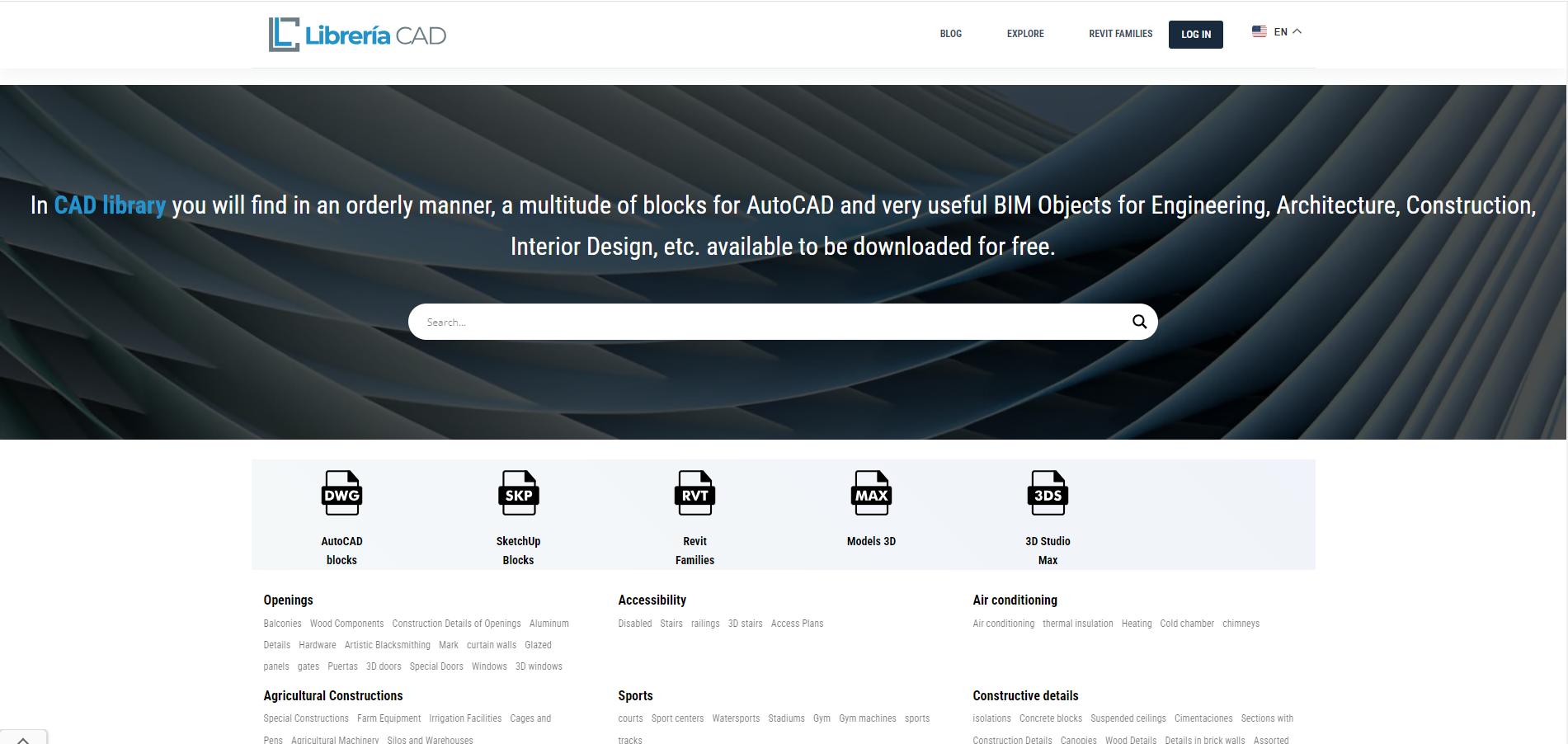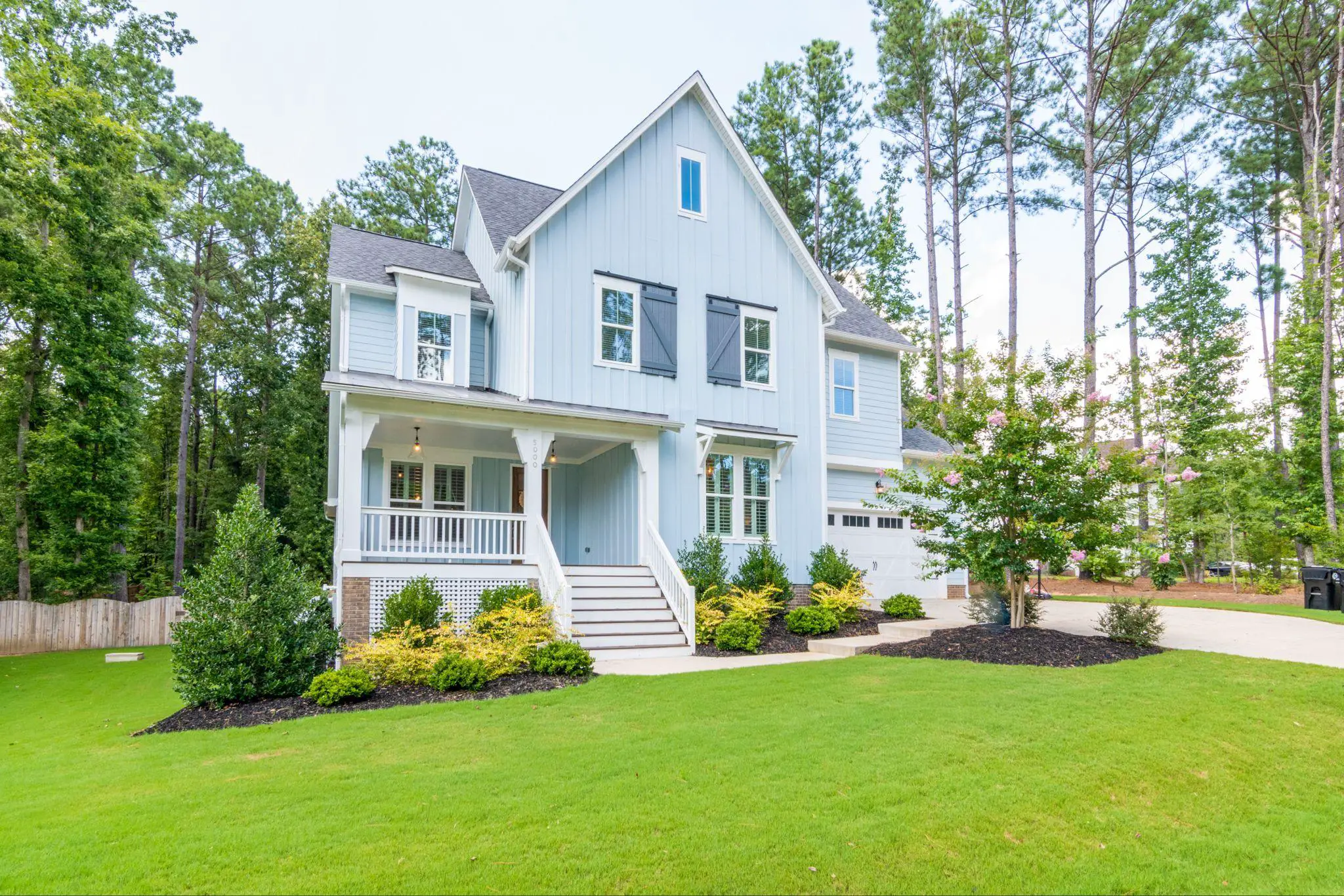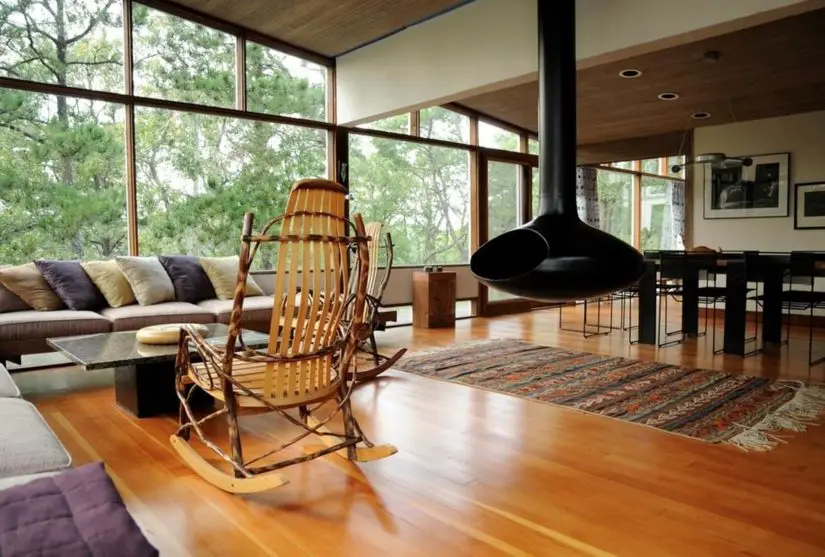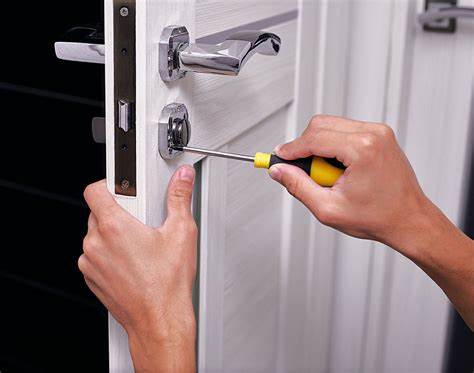Your house may be the focal point for anyone visiting your home, but your driveway can also significantly impact arriving visitors. As such, planning for a driveway that matches the aesthetic of your home is often well worth the effort.
Driveways in Melbourne should be visually appealing to impress visitors while still remaining functional and practical. With that in mind, here are a few things you need to consider when planning a driveway in Melbourne.
Determine The Gradient & Width Of Your Driveway
You should aim for a driveway slope gradient that is a happy medium between being too flat or too steep. A driveway that is too flat may encounter drainage issues after the rain. In contrast, an overly steep driveway may result in a surface that is too slippery when wet, especially if the material used does not provide much friction.
If you’re worried about drainage with a flat driveway, build up the middle so that water can run off to the sides, and be sure to redirect the water to an appropriate drainage location. For steep and long driveways, incorporating curves and switchbacks can help to reduce the slope for safer access.
The width of the driveway should also be an essential consideration. On average, your driveway width should be three meters for a single carport and six meters for a double garage. If your property has the space, consider having a larger driveway area at the top of your property that you can use as a turning spot or as additional parking for guests.
Your local council will have a minimum and maximum limit for driveway gradient and width for safety reasons, so do follow these guidelines to ensure that you’re complying with the state legislature.
Choose A Layout
The design of your driveway should be a decision based on both aesthetic appeal and functionality. While more elaborate driveways can add character to your home, you should also account for ease of accessibility when planning your driveway.
In general, the three most common types of driveways in Melbourne are:
Straight
A straight driveway, while not the most elaborate of designs, is a popular choice as it’s easy to install and takes up the least space, making it ideal for smaller homes. Straight driveways can also have a lot of personality by using eye-catching borders or driveway patterns.
Curved
A curved driveway can help you avoid obstacles (such as trees and other features) and provide access to carports or garages that are not directly across from the entrance. If you choose a curved driveway for its functional and aesthetic appeal, be sure to keep the curvature degree relatively shallow for safety and accessibility.
Horseshoe/Circular
Regarding safety and functionality, these driveways score top marks as they allow drivers to enter and exit their property without having to reverse into traffic. This is especially useful if your property is on a busy road. That said, horseshoe and circular driveways tend to take up a lot of space, so they are usually only appropriate for larger properties.
Selecting Materials
You can choose from various driveway surfaces and paving materials, with the primary constraint being your overall budget. To ensure optimal functionality, select a material that provides traction, is sufficiently durable, and can withstand oil stains, rainwater, and general wear and tear from daily use.
When choosing your driveway material, you should also consider aesthetic factors such as the style and material of your home and how well the material will complement the look of your front yard.
As for the material types, here are a few standard options to consider below:
Gravel
Pros:
- The most affordable option
- Long-lasting and durable
- Does not crack or split
- Provides great water drainage
Cons:
- Not ideal for steeper driveways
- Requires regular maintenance
Asphalt & Cement
Pros:
- Low-cost and durable
- Relatively low-maintenance
- Comes in a variety of styles
- Is well-suited for more urban environments
Cons:
- Tend to crack in adverse weather conditions
- Lacks water permeability
- Will fade and stain over time
Exposed Aggregate Concrete
Pros:
- Durable and hardwearing
- More slip-resistant than brushed concrete
- Numerous colour and texture options
- Resistant to heavy foot traffic and extreme weather
- Generally low maintenance
Cons:
- Requires professional assistance
- Material may be prone to damage
Pavers
Pros:
- Comes in a variety of shapes, sizes, colours, and patterns
- Good water permeability
- Do not tend to crack or split
- Relatively maintenance free
Cons:
- Most expensive option
Upkeep & Maintenance
Another critical factor to consider when choosing a material is the cost of maintenance. Some driveway materials are less expensive initially but require significant ongoing maintenance, making them costlier in the long run.
For example, gravel may be relatively inexpensive to lay down and install, but it may also require you to replace missing gravel and sweep away stray pieces regularly.
On the other hand, while using exposed aggregate concrete in Melbourne may necessitate professional assistance and result in higher installation and service fees, their relatively low maintenance costs mean you do not have to spend as much time on them.
Overcoming The Challenges Of Driveway Planning
To summarise, planning your driveway necessitates an understanding of various factors, ranging from your property’s topographical region to the functionality and aesthetic of your driveway and the material you’ll be using for it.
We hope this article has helped run you through the basics of driveway planning, and be sure to get in touch with your local driveway experts if you need additional advice and support.
